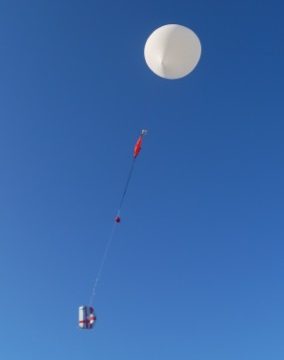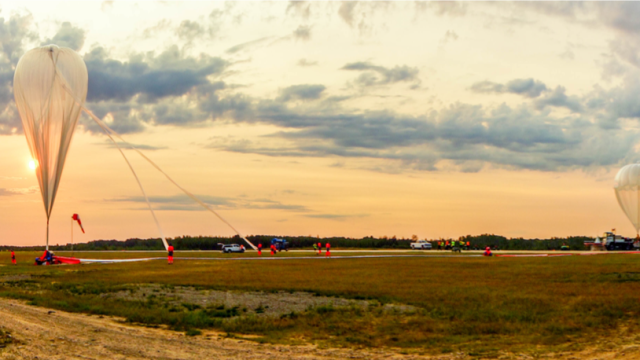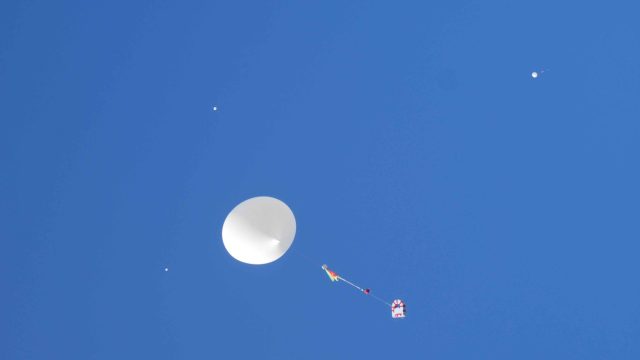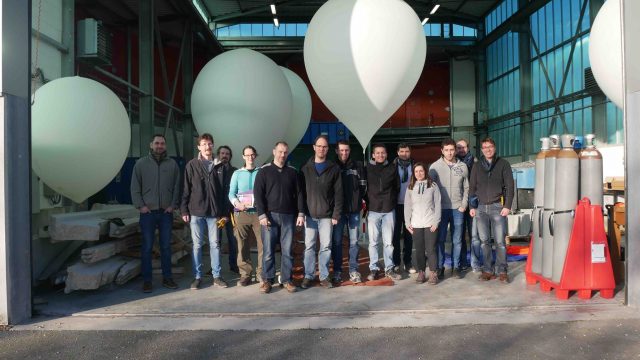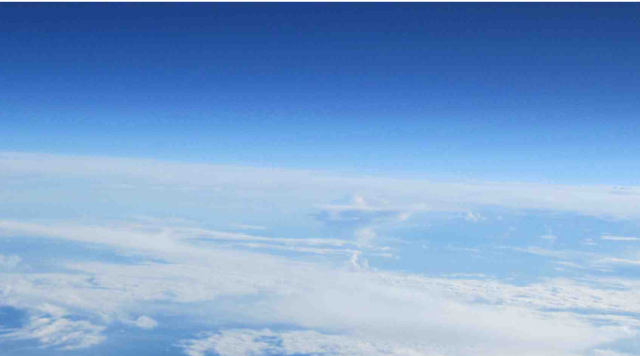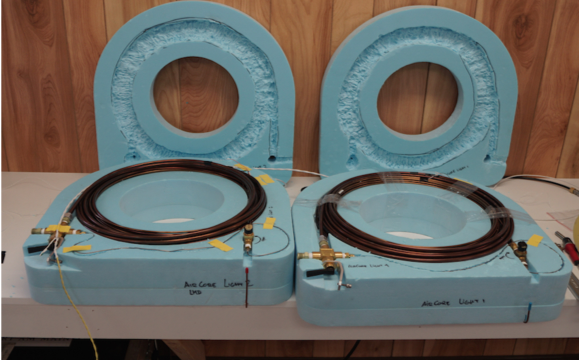AirCore-Fr
The French AirCore program for atmospheric sampling
The AirCore is an atmospheric sampler flying under a meteorological balloon. It allows the measurement of the vertical profiles (from the surface up to 30 km of altitude) of atmospheric concentration of greenhouse gases (CO2, CH4 and CO).
Its concept, initially proposed by NOAA, is extremely simple: it consists of a long tube of stainless steel placed under a meteorological balloon which, in the ascending phase, empties its air by its open end, to fill with air during its downward phase. The captured air column is then interpreted in terms of the vertical gas concentration profile using a Picarro type laser diode analyzer. This system makes it possible to access altitudes not attainable by aircraft flights and to obtain very good vertical resolution.
The main scientific objectives of the AirCore are: 1) Understanding of carbon exchanges along the atmospheric column; 2) Cal/val activities for greenhouse gas space missions; 3) Evaluation of atmospheric chemistry and transport models.
Since 2013, several versions of AirCore have been developped by LMD (CNRS / Ecole Polytechnique / ENS Paris / Sorbonne University) and have been deployed in partnership with CNES (the French Space Agency), LSCE (CNRS / CEA / University of Versailles-Saint-Quentin-en -Yvelines), GSMA (CNRS / Université de Reims) and OPGC (CNRS, Blaise Pascal University), in various places around the globe.
The development and deployment of AirCores were carried out in the framework of projects funded by the CNRS, CNES, CEA, Ecole polytechnique, IPSL, the European Union and the University from Reims Champagne-Ardenne.
